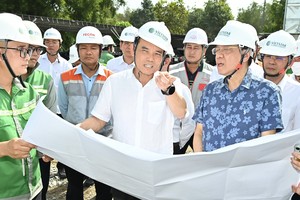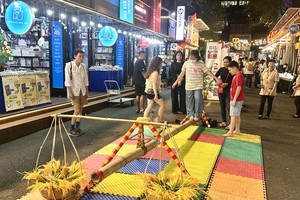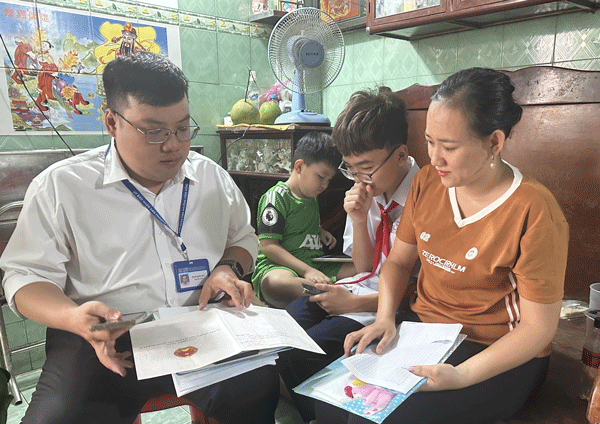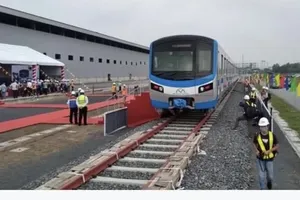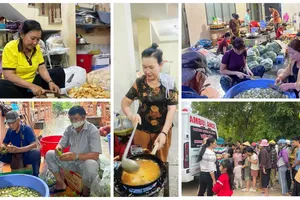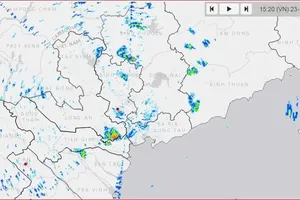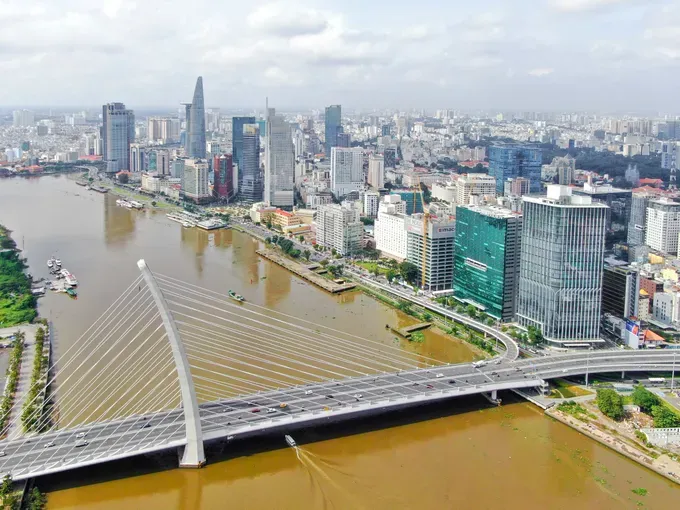
Untying traffic infrastructure knot
For years, the National Highway 13 section from Binh Phuoc Intersection to Binh Trieu Bridge has suffered chronic congestion, especially during peak hours, due to its narrow road surface and dense traffic.
Nguyen Thi Anh Nguyet (a resident of Hiep Binh Ward) has grown accustomed to the gridlock at the intersection of National Highway 13 and the North-South railway. This arterial road connecting HCMC with Dong Nai Province and the Central Highlands has degraded and is frequently jammed, severely impacting business and daily life.
Similarly, other routes like National Highway 22, National Highway 1, and National Highway 50 have not yet been upgraded according to planning. With enormous vehicle traffic, they are perpetually overloaded, hindering socio-economic development.
Recently, HCMC has leveraged Resolution 98 to upgrade and expand these routes via Public-Private Partnerships (PPP) and Build-Operate-Transfer (BOT) contracts. HCMC Department of Construction Director Tran Quang Lam informed that, alongside National Highway 13, other BOT projects approved for investment under Resolution 98 are proceeding as planned.
The city has approved compensation and site clearance projects, and compensation boundaries have been handed over. It is expected that in 2026, numerous projects will be deployed simultaneously. HCMC is also focusing on developing urban railways (metro) with a goal of completing approximately 232km by 2030, requiring a preliminary total investment of about $19.67 billion.
However, assessments indicate that central and HCMC budget sources can only meet about 66 percent of the total investment demand.
Architect Ngo Viet Nam Son urges HCMC to leverage Transit-Oriented Development (TOD) and PPP models to mobilize resources for metro expansion, with 11 sites already identified.
Thu Duc Ward Chairwoman Nguyen Thi Mai Trinh confirmed finalized legal frameworks for TOD zones at Phuoc Long Station and Truong Tho Port, facilitating investment calls under Resolution 98. Truong Tho Port is slated for redevelopment into a smart urban area, integrating administrative and cultural hubs while enhancing connectivity with Thanh Da Peninsula. Local authorities have proactively reviewed land legality to streamline management and attract strategic investors.
According to the Ministry of Finance, after over two years of implementing Resolution 98, HCMC has achieved outstanding results. Notably, implementing the specific mechanism on using the city budget for regional and inter-regional road traffic projects, the HCMC People’s Committee prepared a pre-feasibility study report and submitted it to the Prime Minister for approval of the investment policy for the HCMC – Moc Bai Expressway project (Phase 1) under the PPP method (BOT contract).
Thanks to the specific mechanism calling for PPP in the healthcare sector, HCMC has attracted investor interest. Many projects to develop the city’s health sector and invest in new hospital infrastructure have been approved, contributing to transforming HCMC’s health system into an ASEAN regional healthcare hub, as oriented by the Politburo in Resolution No. 31-NQ/TW.
City for whole country, with whole country
HCMC hasn’t just applied mechanisms from Resolution 98 to boost its own socio-economic status and quality of life. It has also demonstrated its role as the national economic locomotive by using the resolution to support other localities. The HCMC – Moc Bai Expressway project (Phase 1) is assessed as a key inter-regional transport infrastructure project, implemented via PPP (BOT contract) with a total investment of over VND19.6 trillion (US$743.3 million).
When site clearance costs for the Tay Ninh component surged to VND3.75 trillion ($142 million), the province requested assistance. Recognizing the project as a driver for Southeast regional development, the HCMC People’s Council leveraged Article 5 of Resolution 98 to approve VND1.8 trillion ($68.3 million) in support from the city budget. This strategic allocation ensures the progress of critical infrastructure, demonstrating HCMC’s commitment to sharing resources for the broader region’s growth.
Since implementing Resolution 98, HCMC has also received 47 requests for support from other domestic and international localities totaling approximately VND1.37 trillion ($52 million). The HCMC health sector has also actively used this mechanism to cooperate on regional health development, improving medical examination and treatment quality for residents in the region and reducing overload at city hospitals.
National Assembly Delegate Nguyen Thi Le praised Resolution 98’s impact, noting HCMC successfully implemented 36 of 44 mechanisms to drive rapid recovery. This facilitated massive transport investments, including four BOT projects worth over VND57 trillion ($2.16 billion) and the HCMC-Moc Bai Expressway.
However, experts argue current mechanisms fall short for Vietnam’s first megacity. Therefore, upgrading the framework with “superior policies” is now essential to meet the evolving requirements of this new context.
National Assembly Delegate Tran Hoang Ngan noted HCMC had effectively implemented Resolution 98, securing resources for Ring Road 3. However, given the city’s expansion, he argues a stronger framework is “absolutely essential” to unleash its locomotive role.
HCMC People’s Committee Chairman Nguyen Van Duoc emphasized urgent coordination with ministries to propose additional policies. Once approved, these mechanisms will prevent project interruptions and drive socio-economic development, ensuring the city’s momentum in the next phase.
Outstanding results in implementing Resolution 98/2023/QH15:
- Applied 36/44 mechanisms; 6 are drafting implementation documents; 2 halted due to new replacement regulations.
- Allocated VND4.7 trillion ($178 million) in public investment capital for loans to support poverty reduction and job creation.
- Identified 11 TOD development locations.
- Issued a list of 41 PPP projects.
- Deployed 4 BOT projects, total investment VND57.5 trillion ($2.18 billion).
- Approved investment policy for 2 social housing projects, providing 2,143 apartments.
- Allocated VND1.5 trillion ($57 million) for interest rate support for investment projects in priority development sectors.
- Registered for 5 units to convert waste-to-energy technology.
- Supported incubation of 70 innovation and startup projects with VND7.2 billion ($273,000); reviewed 163 projects, expecting to support VND14.6 billion ($554,000).
Source: HCMC People’s Committee
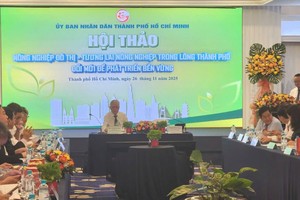
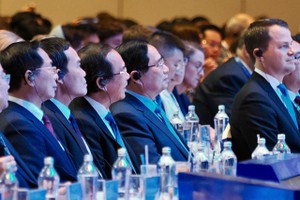
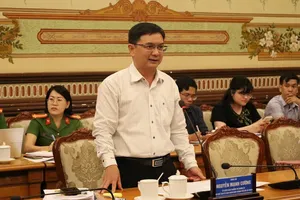
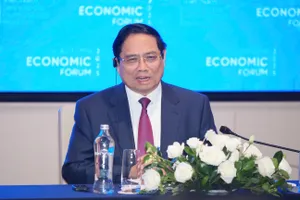
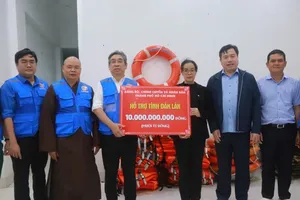
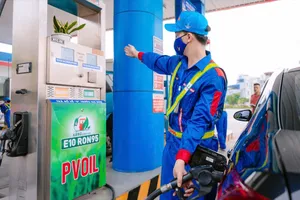
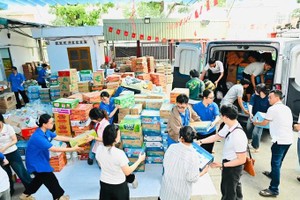

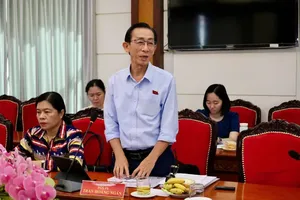
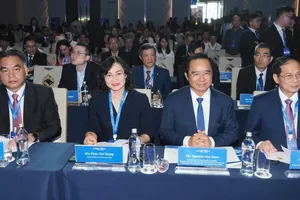
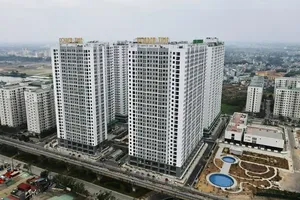
)

